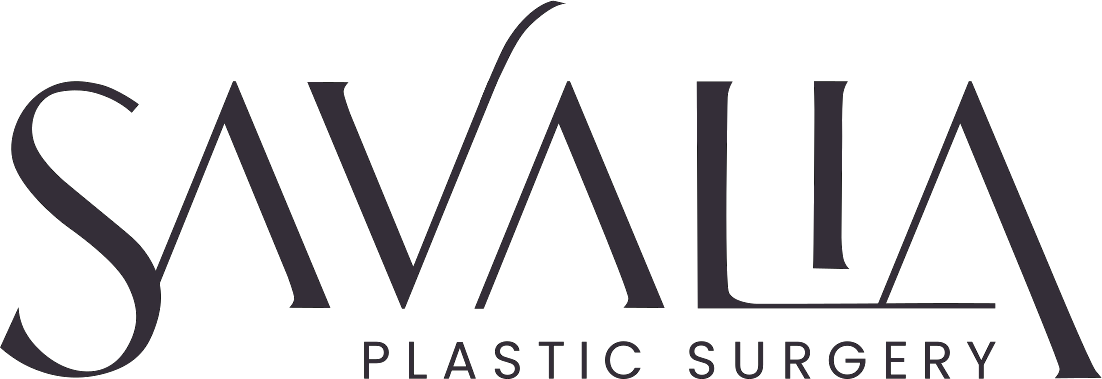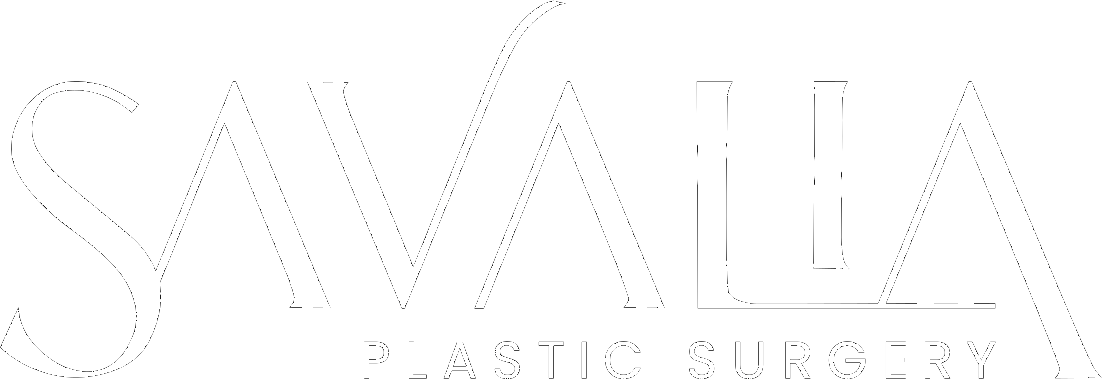One of the most common questions we hear at Savalia Plastic Surgery from moms considering breast surgery is: "Will this affect my ability to breastfeed?"
It’s a smart question—and the answer isn’t just yes or no. The truth? Most women can breastfeed after breast surgery, but there are some important factors to consider.
Let’s break it down, myth-free, so you can make the best decision for your body and your future family plans.
The Short Answer
✅ Yes, many women breastfeed successfully after breast lifts or augmentations.
⚠️ But—technique matters. Some approaches preserve breastfeeding function better than others.
Here’s what really affects your chances:
How Breast Surgery Could Impact Breastfeeding
1. Incision Placement Matters
Some techniques are more "breastfeeding-friendly" than others:
| Surgery Type | Best for Future Breastfeeding | Why? |
|---|---|---|
| Inframammary (under-breast) incision | ✅ Least impact | Doesn’t disturb nipple/ducts |
| Periareolar (around nipple) incision | ⚠️ Slightly higher risk | Could affect milk ducts/nerves |
| Anchor lift (full lift with nipple repositioning) | ⚠️ Variable | Depends on technique |
Note: Even with periareolar incisions, many women breastfeed successfully—it just depends on how your body heals.
2. Implant Placement: Over vs. Under the Muscle
- Under the muscle: No direct impact on milk production.
- Over the muscle: Still usually safe, but may slightly increase pressure on glands.
3. Nipple Sensitivity Changes
- Some women experience:
- ✔ No change in nipple sensation
- ✔ Temporary numbness (usually improves within months)
- ✖ Rarely, permanent loss of sensation (can affect let-down reflex)
Good news: Most women regain enough sensation for breastfeeding.
Breast Lifts vs. Augmentations: Which Is Riskier for Breastfeeding?
Breast Lift (Mastopexy)
- If the nipple stays attached: High chance of successful breastfeeding.
- If the nipple is fully removed/repositioned (rare): Lower milk supply possible.
Breast Augmentation (Implants)
- Usually very low risk to milk production.
- Potential issues: Pressure from implants might reduce supply slightly (but many women nurse just fine).
3 Key Factors That Affect Your Personal Risk
- Your surgeon’s technique (ask how they preserve nipple function!)
- Your anatomy (some women naturally have low supply regardless of surgery)
- Your age at surgery (younger tissue often heals better)
"Should I Wait Until After Kids to Get Surgery?"
Reasons to Wait:
- Pregnancy can stretch your results (especially after a lift).
- Hormonal changes may alter breast size/shape.
Reasons Not to Wait:
- Many women don’t want to delay confidence for years.
- Modern techniques are designed to preserve function.
Our advice: If you know you want kids soon, consider timing. If not, don’t put your life on hold!
Tips for Maximizing Breastfeeding Success After Surgery
- Choose a surgeon experienced in "mommy makeovers" (they’ll prioritize function).
- Breastfeed ASAP after birth (stimulates milk production).
- Work with a lactation consultant (they can help troubleshoot).
- Stay hydrated and nourished (supports milk supply).
What If I Can’t Breastfeed After Surgery?
- Don’t blame yourself. Many factors affect milk supply.
- Formula is a healthy option. Fed is best!
- You can still bond through skin-to-skin contact and bottle feeding.
Why Choose Savalia Plastic Surgery for Your Breast Procedure?
- ✔ We prioritize future breastfeeding goals in our surgical planning.
- ✔ Honest consultations (we’ll explain your personal risks clearly).
- ✔ Specialized techniques to protect nipple function.
Next Steps
- Book a consultation (bring your questions—we love them!).
- Discuss your timeline (planning around pregnancies?).
- See before/afters of moms who’ve breastfed post-surgery.
Ready to talk? Contact Savalia Plastic Surgery today.



